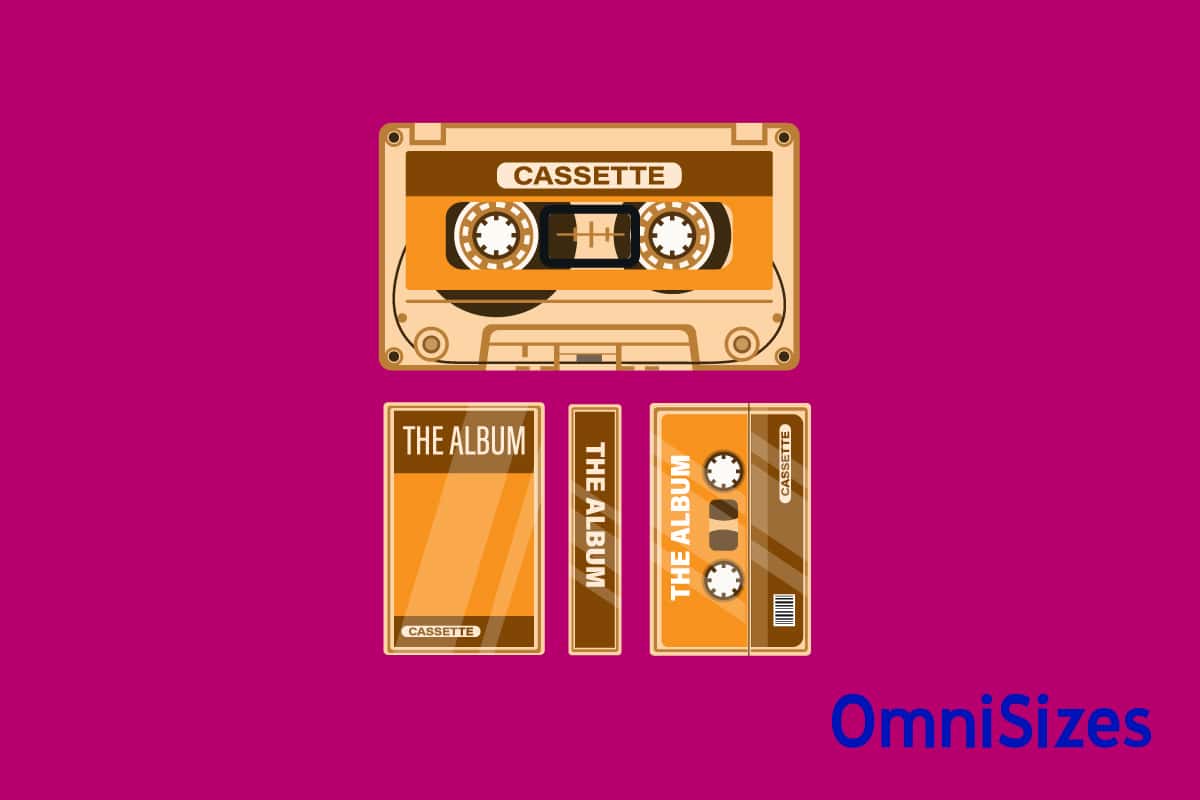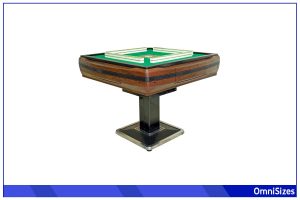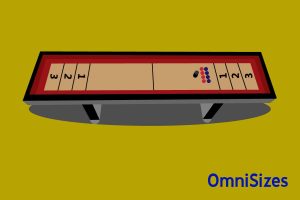In the world of analog music, the cassette tape stood as a symbol of a generation’s love for music. Cassette case dimensions played a role in defining its aesthetic and practical value. The size was about protection, storage, and showcasing the tape’s design.
Cassette case dimensions refer to the specific measurements of the protective casing for cassette tapes. Standard cases typically measure around 4.25 × 2.75 inches × 0.6 inches or 10.8 × 7 × 1.5 centimeters. However, variations exist, especially when considering single versus double cases or international differences.
This guide will provide information regarding standard and nonstandard cassette tape dimensions, as well as cassette tapes’ role in the modern world.

Importance of Cassette Case Dimensions
Cassette tapes, once the leading medium for music listening, have their own unique design. This design also has specific functions, which include:
1. Protection for the Magnetic Tape
The magnetic tape is delicate and can easily get damaged by external factors like dust, moisture, or direct sunlight. A snug-fitting case, with the right dimensions, acts as a shield against these elements. When the tape remains undamaged, it can play back sound without any hitches.
2. Consistency in Playback and Longevity
When the cassette tape is stored in a well-sized case, it faces less risk of being squashed or bent out of shape. This means when you play it, the sound quality remains consistent. Moreover, when the tape is housed properly, it extends the lifespan of the cassette.
3. Retail and Storage Solutions
Imagine walking into a music store in the 80s and 90s. Rows upon rows of cassette tapes line the shelves. These shelves were specifically designed keeping in mind the standard cassette case dimensions. This uniformity allowed for neat stacking and easy browsing for customers.
Standard Cassette Case Dimensions
The cassette tape, an emblem of music eras gone by, was housed in a carefully crafted case. Here’s what you need to know about them:
Length, Width, and Depth
At the core of any discussion about cassette case dimensions are the basic measurements: length, width, and depth. Typically, the standard dimensions for a cassette case are approximately 4.25 inches in length, 2.75 inches in width, and 0.6 inches in depth, which translates to about 10.8 × 7 × 1.5 centimeters.
Material Considerations
Most standard cassette cases are made of clear polypropylene plastic. This material was chosen for its durability, clarity, and flexibility. The thickness of this plastic can slightly vary, but it’s generally consistent.
The choice of material played a role in determining the case’s resilience and its ability to protect the cassette tape inside. Polypropylene was favored because it resisted cracks, could withstand a certain degree of heat and was transparent.
Comparing Cassette Case Sizes to Other Formats
To give a clearer picture of how the cassette case dimensions stand out, it’s useful to compare it with other media formats. CDs, for instance, came housed in jewel cases that are larger at around 5.59 inches × 4.92 inches or 14.2 centimeters × 12.5 centimeters.
This difference in size made it easy to distinguish between the two when browsing in a store. The compactness of the cassette case was also a selling point, allowing for easier portability compared to the slightly bulkier CD cases.
Variations in Cassette Case Dimensions
The music industry is vast, and artists, producers, and labels always looked for ways to stand out. Special editions, promotional materials, or regional preferences often called for deviations from the standard size.
Double and Multi-Cassette Cases
Artists sometimes released albums that couldn’t fit on a single cassette. For such releases, double or even multi-cassette cases came into play. These cases typically maintained the standard length and width but expanded in depth to accommodate more tapes. A double cassette case might be roughly 0.86 inches or 2.2 centimeters in depth, while a triple case was even broader.
The Slimline Trend
With a push for sleekness and portability, slimline cassette cases hit the market. These cases reduced the depth, offering a more compact and modern look. They were especially popular for singles or promotional materials, where less space was needed.
Special Edition and Collector’s Cases
For die-hard fans, special edition releases were a treat. These releases often came with unique case dimensions. Some were larger to include booklets, posters, or other memorabilia. Others had unique shapes, moving away from the standard rectangular design.
Custom Cases for Promotional Purposes
Brands and artists collaborated to release promotional tapes. These tapes often came in custom cases designed to align with the brand’s identity or the promotional campaign’s theme. Such cases varied widely in dimensions, ranging from slightly altered standard sizes to completely unique designs.
Modern Uses and Revival of Cassette Cases
In an era dominated by digital streaming and downloads, it’s intriguing to see the humble cassette case make a comeback. While they may not hold the same mass appeal as in their heyday, cassette cases have found modern uses and experienced a revival in certain niches.
Nostalgia and the Retro Wave
Everything old becomes new again. With vinyl records regaining popularity, it’s no surprise cassette tapes and their cases are part of this retro wave. For many, these cases evoke feelings of nostalgia. They’ve become collectibles, not just for the music they hold, but also for the tactile experience they offer.
Artistic Expression and Limited Editions
Modern musicians, especially indie artists, are always looking for ways to differentiate themselves. Releasing music on cassettes, housed in unique or custom-designed cases, provides an avenue for artistic expression. These limited editions often become sought-after collector’s items.
Storage Solutions for Modern Needs
Beyond music, cassette cases have found a place in modern storage solutions. They’re used to hold business cards, sewing kits, or even small tech gadgets like USB drives. Their compact size makes them easy to carry, and their durable build ensures the contents remain undamaged.
Collectors and the Resale Market
Like any collectible, rare and unique cassette cases have gained value over time. The resale market sees enthusiasts trading and selling cases, especially those associated with iconic albums or artists. Collectors often seek out cases in pristine condition, viewing them as investments and pieces of history.






